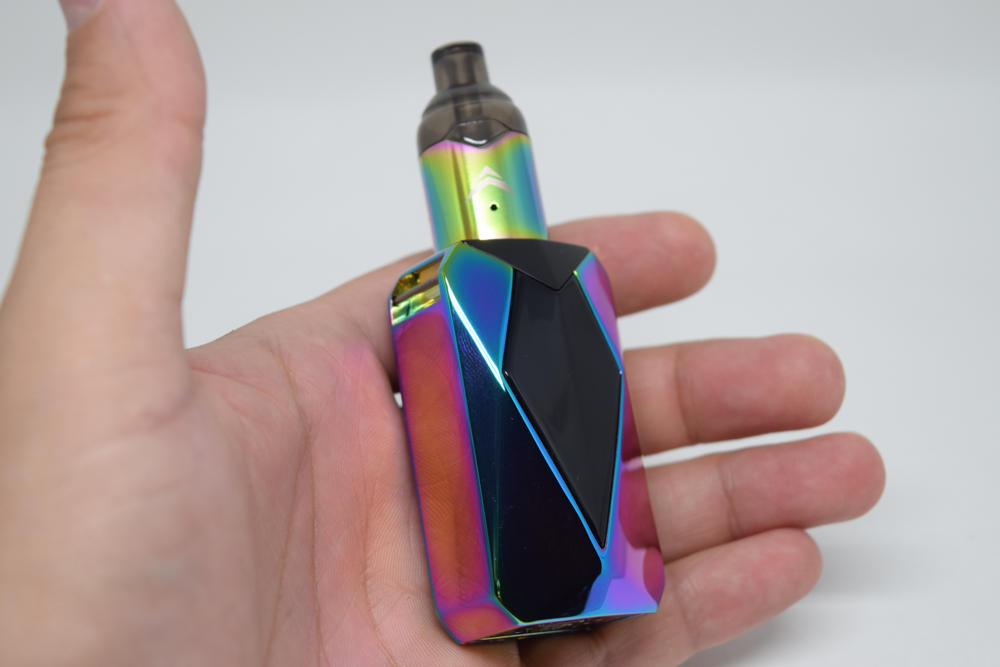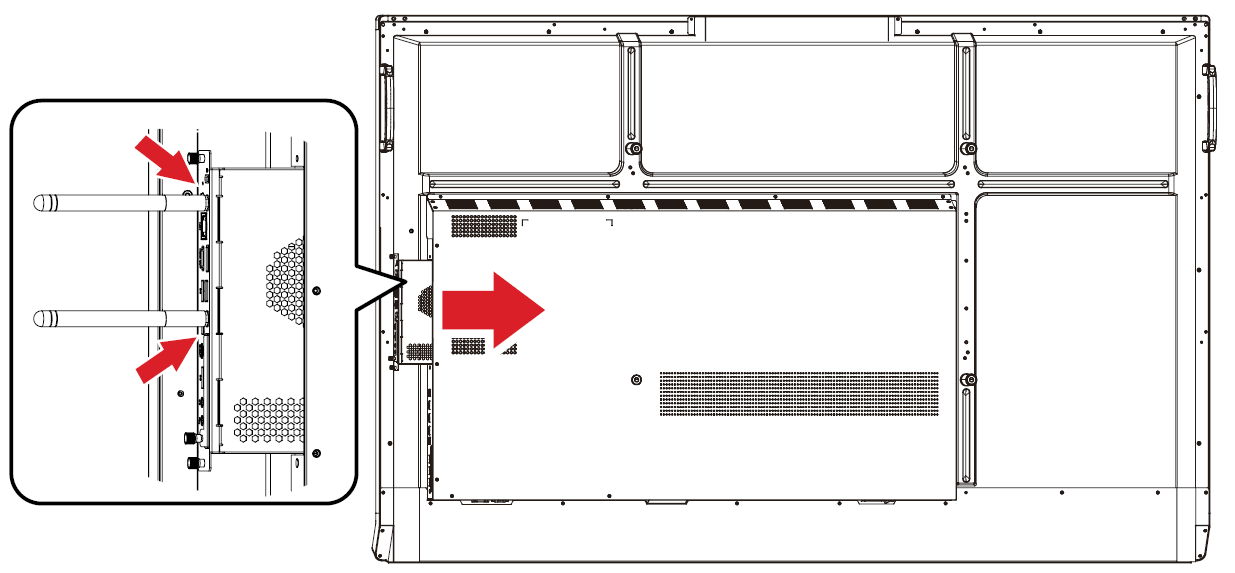RemoteIoT VPC Review: The Ultimate Guide For 2023
Listen up, folks. If you're diving into the world of cloud networking or managing IoT projects, you’ve probably heard the buzz around RemoteIoT VPC. It's not just another tech tool; it's a game-changer. Imagine having a private virtual cloud network tailored specifically for your IoT devices. That’s RemoteIoT VPC in a nutshell. But does it live up to the hype? Let’s find out. This review is packed with insights, tips, and real-world use cases to help you decide if it's the right fit for your needs.
Now, before we dive deep, let’s set the stage. RemoteIoT VPC isn’t just about connecting devices. It’s about securing them, scaling them, and making sure your data flows seamlessly without hiccups. In today’s hyper-connected world, having a robust solution like this can make or break your IoT project. So, whether you’re a tech enthusiast, a small business owner, or a seasoned IT pro, this review is for you.
Here’s the deal: I’m not here to sell you anything. I’m here to break it down, lay out the facts, and give you the tools you need to make an informed decision. Ready? Let’s get started. And trust me, by the end of this, you’ll know everything you need to know about RemoteIoT VPC.
Read also:Teach Me First Comic Uncensored Your Ultimate Guide To Unfiltered Storytelling
Table of Contents
- What is RemoteIoT VPC?
- Key Features of RemoteIoT VPC
- Benefits of Using RemoteIoT VPC
- How Does RemoteIoT VPC Work?
- Pricing Structure
- Real-World Use Cases
- Comparison with Other VPC Solutions
- Security Features
- Scalability and Performance
- Conclusion and Final Thoughts
What is RemoteIoT VPC?
Let’s start with the basics. RemoteIoT VPC, or Virtual Private Cloud for IoT, is a cloud-based networking solution designed specifically for IoT ecosystems. It allows you to create a secure, isolated network environment for your IoT devices, ensuring that your data stays protected while maintaining optimal performance. Think of it as a fortress for your connected devices, but one that’s flexible enough to grow with your needs.
Here’s why it matters: IoT devices generate a ton of data, and managing that data securely can be a nightmare. RemoteIoT VPC simplifies this by providing a dedicated space where your devices can communicate without interference from other networks. It’s like having a private highway for your data instead of dealing with the chaos of public roads.
Why Choose RemoteIoT VPC?
There are plenty of VPC solutions out there, but RemoteIoT VPC stands out because it’s built with IoT in mind. It’s not a generic cloud service trying to fit into the IoT space. Instead, it’s a tailored solution that addresses the unique challenges of IoT deployments, such as device management, data security, and scalability.
Key Features of RemoteIoT VPC
Alright, let’s talk features. RemoteIoT VPC comes packed with tools and functionalities that make it a top choice for IoT projects. Here’s a quick rundown:
- Device Isolation: Each device gets its own secure subnet, ensuring that no two devices can interfere with each other.
- Advanced Security Protocols: From encryption to firewalls, RemoteIoT VPC has got your back when it comes to protecting your data.
- Scalable Architecture: Need more devices? No problem. RemoteIoT VPC can scale up or down depending on your needs.
- Real-Time Monitoring: Keep an eye on your network performance and device health with intuitive dashboards.
- Seamless Integration: Works with popular IoT platforms and protocols, making it easy to incorporate into your existing setup.
What Makes These Features Unique?
While other VPC solutions offer similar features, RemoteIoT VPC takes it a step further by focusing on IoT-specific needs. For example, its device isolation feature is crucial for large-scale IoT deployments where you need to manage thousands of devices without them affecting each other. Plus, its integration capabilities ensure that you don’t have to overhaul your entire system to use it.
Benefits of Using RemoteIoT VPC
So, what do you get out of using RemoteIoT VPC? Here are some of the key benefits:
Read also:Top Tv Shows Featuring Cha Eunwoo A Dive Into His Charismatic Screen Presence
- Enhanced Security: Protect your devices and data from cyber threats with advanced security measures.
- Improved Performance: Reduce latency and improve data transfer speeds by using a dedicated network.
- Cost Efficiency: Pay only for what you use, and avoid the high costs associated with traditional networking solutions.
- Flexibility: Scale your network as your IoT deployment grows, without worrying about limitations.
Let’s break it down. Security is a big deal in IoT, and RemoteIoT VPC gives you peace of mind knowing that your devices are protected. Plus, the cost savings can be significant, especially for small to medium-sized businesses that don’t have the budget for expensive infrastructure.
How Does RemoteIoT VPC Work?
Here’s the technical bit. RemoteIoT VPC operates on a cloud-based architecture, leveraging AWS, Azure, or Google Cloud to provide a scalable and reliable platform. When you set up a RemoteIoT VPC, you’re essentially creating a virtual network within the cloud that’s isolated from other networks. This network can then be configured to connect to your IoT devices, allowing them to communicate securely and efficiently.
The process is pretty straightforward: 1. You define your network parameters, such as IP ranges and subnets. 2. You connect your IoT devices to the VPC. 3. You monitor and manage your network through the RemoteIoT VPC dashboard.
Behind the Scenes
Under the hood, RemoteIoT VPC uses a combination of software-defined networking (SDN) and network function virtualization (NFV) to deliver its services. This allows for greater flexibility and control over your network, making it easier to adapt to changing requirements.
Pricing Structure
Talkin’ about money, right? RemoteIoT VPC offers a pay-as-you-go pricing model, which means you only pay for the resources you use. There’s no upfront cost or long-term commitment, making it an attractive option for businesses of all sizes. Prices vary depending on factors like the number of devices, data transfer volume, and additional features you choose to enable.
Here’s a rough estimate: - Basic plan: $50/month for up to 10 devices. - Standard plan: $150/month for up to 50 devices. - Pro plan: Custom pricing for large-scale deployments.
Is It Worth It?
When you consider the value you get in terms of security, performance, and scalability, RemoteIoT VPC is definitely worth the investment. Plus, the flexibility of the pricing model means you can start small and grow as needed, without breaking the bank.
Real-World Use Cases
Let’s look at some examples of how RemoteIoT VPC is being used in the real world:
- Smart Cities: Managing thousands of sensors and devices across a city requires a robust networking solution. RemoteIoT VPC provides the scalability and security needed for such deployments.
- Industrial Automation: Factories rely on IoT devices for monitoring and controlling processes. RemoteIoT VPC ensures that these devices can communicate reliably and securely.
- Healthcare: IoT devices in healthcare settings need to comply with strict regulations. RemoteIoT VPC helps ensure data privacy and compliance.
Case Study: Smart Factory Deployment
One company that successfully implemented RemoteIoT VPC is TechCraft Industries. They used it to connect over 200 IoT devices in their factory, improving efficiency and reducing downtime. The result? A 30% increase in productivity and a 25% reduction in maintenance costs.
Comparison with Other VPC Solutions
How does RemoteIoT VPC stack up against the competition? Let’s compare it with some popular VPC solutions:
- AWS IoT Core: While AWS IoT Core is powerful, it can be complex to set up and manage. RemoteIoT VPC, on the other hand, offers a more user-friendly interface.
- Microsoft Azure IoT Hub: Azure IoT Hub is great for integration with other Microsoft services, but it lacks some of the IoT-specific features that RemoteIoT VPC offers.
- Google Cloud IoT Core: Google’s solution is strong on analytics but falls short in terms of network isolation and security features.
Why RemoteIoT VPC Wins
RemoteIoT VPC shines because it’s designed specifically for IoT, addressing the unique challenges of this space. While other solutions may offer more general-purpose features, RemoteIoT VPC focuses on what matters most for IoT deployments: security, scalability, and ease of use.
Security Features
Security is at the heart of RemoteIoT VPC. Here are some of its key security features:
- End-to-End Encryption: All data transmitted through the network is encrypted, ensuring that it can’t be intercepted.
- Firewall Protection: Built-in firewalls block unauthorized access to your network.
- Access Controls: Granular access controls allow you to manage who can access your devices and data.
How Secure Is It, Really?
RemoteIoT VPC adheres to industry standards like ISO 27001 and GDPR, ensuring compliance with global security regulations. Plus, its regular security updates and patches keep it ahead of emerging threats.
Scalability and Performance
Scalability is another area where RemoteIoT VPC excels. Whether you’re starting with a handful of devices or managing a large-scale deployment, RemoteIoT VPC can grow with you. Its cloud-based architecture ensures that you always have the resources you need to handle increased traffic and data volumes.
In terms of performance, RemoteIoT VPC delivers low latency and high throughput, ensuring that your devices communicate seamlessly. This is crucial for applications like real-time monitoring and control, where delays can be costly.
Conclusion and Final Thoughts
Alright, let’s wrap it up. RemoteIoT VPC is more than just a VPC solution; it’s a comprehensive platform designed to meet the unique needs of IoT deployments. With its focus on security, scalability, and ease of use, it’s a top choice for anyone looking to manage their IoT devices effectively.
So, what’s next? If you’re considering RemoteIoT VPC for your project, I recommend signing up for a free trial to see how it works for you. And don’t forget to check out their documentation and support resources to get the most out of the platform.
Before you go, drop a comment below and let me know what you think about RemoteIoT VPC. Are you using it already? What’s your experience been like? And if you found this review helpful, share it with your network. Knowledge is power, and together, we can make the IoT world a better place.


